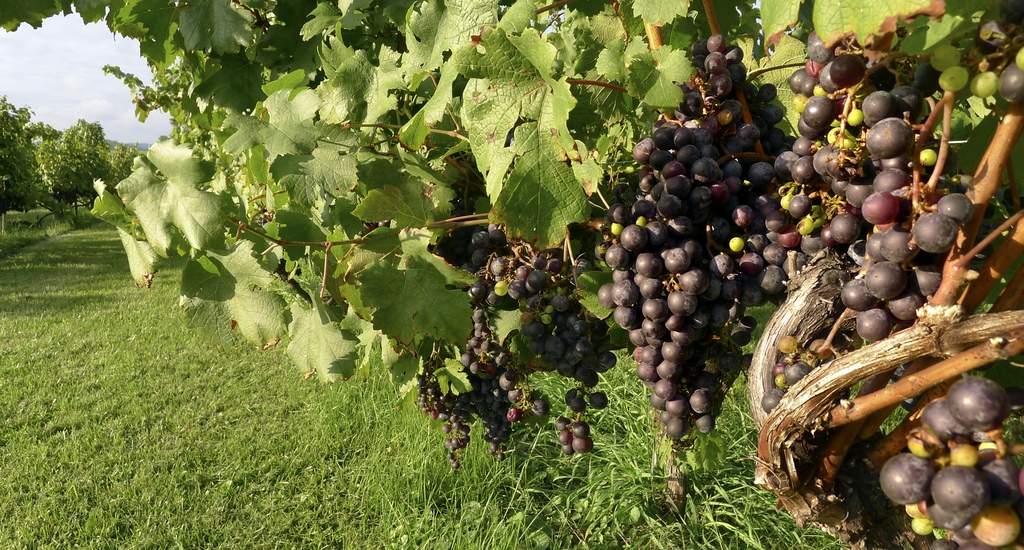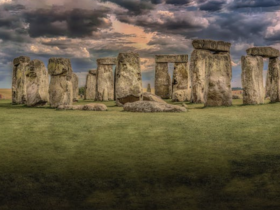In the Beginning
Wild grapes grew rampant in the Napa Valley until a young settler named George Calvert Yount put some order to those overgrown vines in 1839. Yount planted and cultivated the first seeds of what were to become the Napa Valley Grapes. Though other famous names are tied to the Napa Valley winery beginnings, they did so with imported European vines. This humble start, planted in the fertile soil of the valley, is the beginning of the Napa Valley’s wine making history.
Winery Growth
In 1861, Charles Krug moved Winery Napa forward by creating the first commercial winery. Napa’s notable modern day winery royalty that followed Krug’s lead includes Schramsberg which was founded in 1862, Bringer that was founded in 1876 and Inglenook which was founded in 1879. By 1889 there were over 140 active wineries residing in the Napa Valley.
Challenges and Struggles
Along the way, there were many challenges that needed to be overcome for the Napa Valley wine industry. These included the phylloxera epidemic of the 1880s that took almost 80% of the crops with it. The Great Depression of the 1890s and the 1906 San Francisco earthquake that all but destroyed every bottle of stored wine. Though these were all devastating to the wine industry, Prohibition took that destruction to a whole new level.
Rebirth and Growth
Before Prohibition, California had 713 registered wineries. It wasn’t until 1986, there were that many wineries back in business again. The big boost that put Napa wines back on the radar happened in France in 1976 and has since become known as the “Judgement of Paris”. It consisted of a blind tasting held in Paris. The panel of judges was made up of nine French wine experts. The results put California wines on top. These experts tasted and compared six California Chardonnays with four French Chardonnays. California wines where the clear winners and the judges noted that three of the top four were in fact from California.
The red wines that were evaluated in the Judgement of Paris were re-tasted in two separate blind tastings, both in 1986. These tastings were held at the French Culinary Institute Wine Tasting and the Wine Spectator Wine Tasting. Because of the initial tasting results, these re-evaluations also came to be known as the “The Wine Rematch of the Century”. In both re-tastings, a California red was the clear winner over the French red causing French wines to lose ranking positions.
Today
Today, Napa Winery is a not just a statement that bring quality to mind, but rather it is a destination of enjoyment. These vineyards and wineries produce opulent Chardonnays and dramatic Cabernet Sauvignons and pair them with a Napa experience that touches all of the senses and leaves a wonderfully, fulfilling and lasting impression.
























